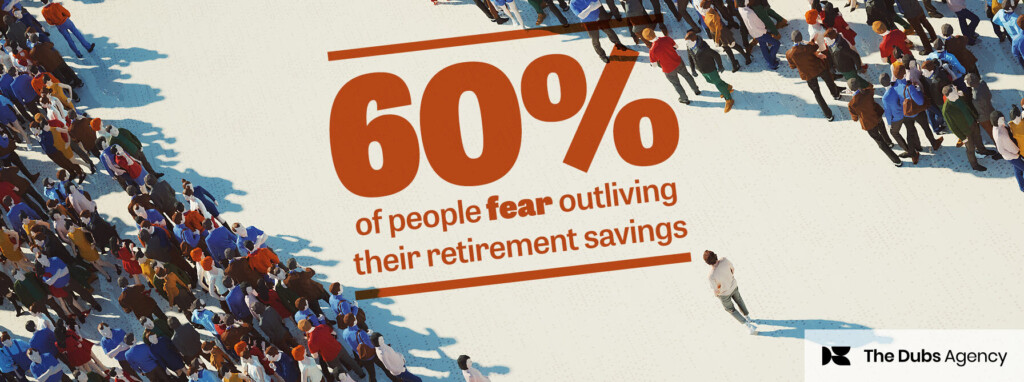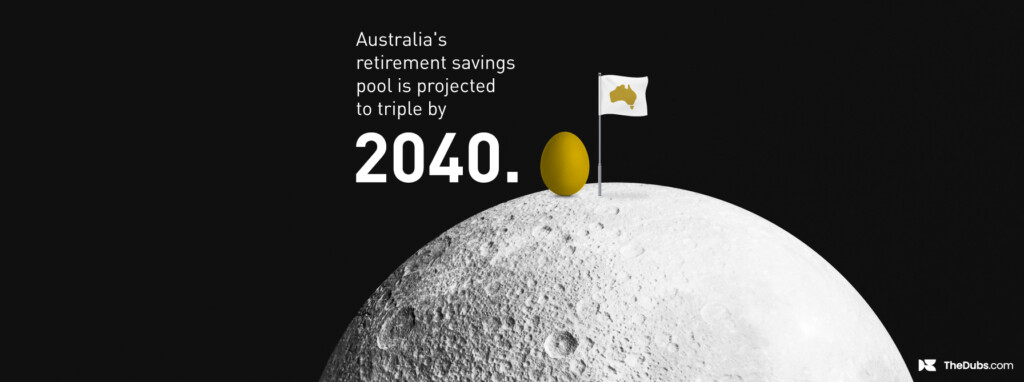Launched in 2013, US investing app Robinhood began with one simple goal – to democratise the investing landscape and make it accessible for everyone. Today, they are one of the largest investing apps in the world with close to 20 million users and valued at $11.7 billion. But how did they do it and what can financial marketers learn from their monumental rise? Here we take a deep dive into the marketing strategies that made Robinhood what it is today.
Robinhood: making investing easy
In 2014 only 13.8% of US citizens held individual stocks and to make matters worse a report conducted by Pew Research had revealed the stock market had heightened the income gap within America, stating it was a system built for the “most affluent”. Then came Robinhood, a fintech startup that had a vision for commission-free investing which would educate its users and give everyone the opportunity to invest. And they did just that. Today, it has over $80 billion under management and has filled a demand in the investment market.
Removing the minimum amount to open an account, Robinhood appeals to a younger demographic, one who may not have the cash to invest through larger trading sites, with the average user being around 31 years of age. When comparing the average account size of $3,500 to Robinhood’s competitors such as Charles Schwab – which has an average of $240,000 – it’s evident there’s a demand from people wanting to invest that may not have the capital to begin.
By identifying Millennials and Gen Z as interested in trading and investment, other finance brands can learn and begin to create targeted content and products to appeal to them. But what made Robinhood such a huge company wasn’t just that they were targeting a younger demographic, it was also their marketing plan. Robinhood utilised an innovative four-step approach which included:
- Gamifying the investing experience
- Creating anticipation around their launch
- Producing educational content within their app
- Utilising a referral system that created a community of investors.
Creating hype before it even launched
To build anticipation and a sense of excitement, Robinhood created a VIP experience for soon-to-be customers that gave them exclusive access prior to the launch. To add to this method was also the fact that users could see where they were on the waiting list to access the beta version. And to get higher? All they had to do was refer more and more people. This created hype around the app before it launched and encouraged users to sign up for early access and notifications for when it launched. This resulted in over one million people signing up prior to the launch.
What made this strategy highly effective is by appealing to individuals FOMO (fear of missing out). FOMO is a great marketing tactic for finance brands to harness as it encourages users to purchase products and services without needing many other incentives. In fact, 60% of people make purchases because of FOMO in the first 24 hours.
To add to this hype around Robinhood, they recently became the latest meme stock. While their IPO tanked by 8% in the first day in the stock market, making it the worst launch ever by an IPO of its size, days later it soared, increasing by 125% over two days of trading. This reflects the influence of Reddit and X and showcases the power of FOMO in real-world scenarios to create greater hype and visibility for brands.
Turning investing into a game
While gamification is starting to settle into the mainstream nowadays, when Robinhood launched in 2014 it was a brand new idea. Other than their gamification of their launch by incentivising their customers to refer others to sign up so they could move up the waiting list, Robinhood has moved game features onto the app. These features include:
- Congratulatory emails
- Confetti when you trade
- Fun emojis and exciting audio
- When selecting your first free stock you choose by selecting a face-down card and ‘scratching’ it to reveal what you have
- Push notifications.
With only 28% of people feeling motivated when using non-gamified apps this can be a key area for finance brands to improve their online services. In fact, gamification increases users’ motivation by 48% and encourages users to engage with a brand’s product or service regularly. While this may not be suitable for all finance brands, financial services wanting to target a younger demographic should consider incorporating game features throughout their marketing campaigns.
Creating a community of investors
Robinhood gained users through forging a social aspect to their marketing by offering incentives for getting their friends, families and colleagues on the app. By referring someone to the app, that person would get a free stock and the person signing up would too. Creating a referral scheme introduces a social element, both humanising the app and improving customers’ attitudes around it, with people four times more likely to purchase something recommended by a friend. In fact, customers acquired through referrals had a 37% higher retention rate and 81% of consumers are more likely to engage with brands that have reward programs.
This referral system got people on the app and understanding how the stock market worked, through the one they got for free, incentivised them to continue using it and pursue growing their portfolio. This showcases why finance brands should create a marketing strategy that encourages users to get on their website or start using a product prior to having to pay for it. This offers key benefits for finance brands such as:
- Disappointment is minimal. By allowing users to experience a product or service for free, it improves satisfaction and the customer experience as they know exactly what they’re paying for down the road.
- Reduces the need for an aggressive selling strategy. By offering products or services for free it reduces the burden to constantly sell them as users are incentivised to try it out at their own accord.
- Minimal risks are involved. There are not many issues surrounding offering users the ability to trial your product or service before buying it, with 57% of customers purchasing it afterward.
“ Customers acquired through referrals had a 37% higher retention rate and 81% of consumers are more likely to engage with brands that have reward programs. ”
Education at the forefront
While Robinhood’s main purpose was to bring investing to everyday people, they also incorporated educational content which is helping to reduce the investing knowledge divide. Robinhood has launched Robinhood Learn which focuses on teaching new and experienced investors the ins and outs of the stock market. This subsequently builds trust in consumers as it humanises Robinhood as an app that values its users money and understands their situation. Further, by educating its users on investing and how to do it, this will incentivise them to use the app and encourage them to trade in the stock market as they know how to do it and why they’re doing it. In fact, educational content makes users 131% more likely to purchase from a finance brand.
Bringing trading to the mainstream
Robinhood has been prolific in advancing investing through removing barriers for entry. By acknowledging a ‘villain’ in their marketing campaign early on, that being the large trading platforms that weren’t accessible for a majority of people, they created a platform that felt welcoming and humanised.
Through their innovative marketing campaigns that targeted Millennials and Gen Z, Robinhood not only created hype and satisfaction but also an investor community. While these marketing campaigns aren’t suitable for all finance brands, they can be incorporated by many and showcase the importance and benefits for financial services to separate themselves from the competition.









